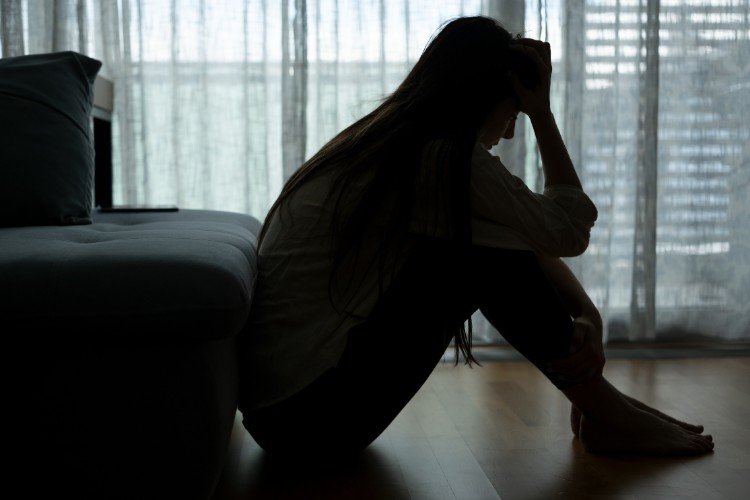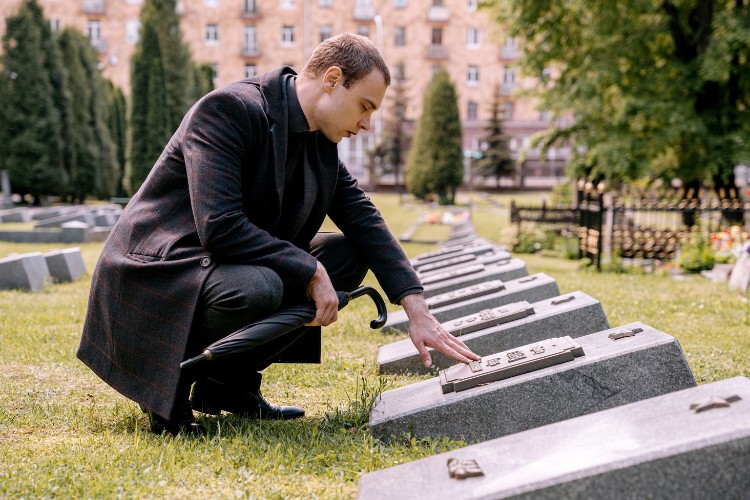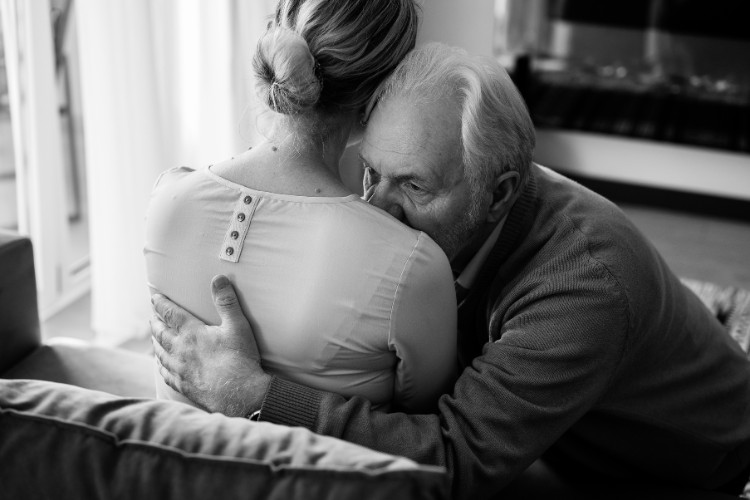Understanding the Grieving Process and Its Emotional Stages

Have you recently lost someone close to you and wondered if what you're feeling is normal?
Grief is one of the most profound emotional experiences a person can endure. It can be overwhelming, unpredictable, and deeply personal. While no two people grieve the same way, there is a general framework known as the grieving process that can help individuals and families understand the range of emotions they may experience after the loss of a loved one.
In this article, we’ll explore the emotional stages commonly associated with grief, how those stages may unfold in different orders and intensities, and what you can do to navigate these feelings. Whether you're grieving yourself or supporting someone who is, understanding the grieving process offers clarity, validation, and comfort during one of life’s most difficult journeys.
What Is the Grieving Process?

The grieving process is the emotional journey we go through after experiencing a loss—especially the death of a loved one. Grief affects every part of us: our thoughts, emotions, behaviors, and even our physical health. It can impact sleep, appetite, focus, and relationships.
Psychiatrist Elisabeth Kübler-Ross first introduced the Five Stages of Grief in 1969 as a model for how people process terminal illness, which was later adopted more broadly for general bereavement. These five stages are:
- Denial
- Anger
- Bargaining
- Depression
- Acceptance
These stages aren’t linear, and not everyone will go through all of them or in the same order. Instead, they provide a framework for understanding how grief can evolve.
The Five Emotional Stages of Grief
1. Denial: The Shock of Loss
Denial often serves as an emotional buffer, allowing us to process loss more slowly. It can feel like numbness, disbelief, or even a sensation that the loss hasn’t really happened.
- Common thoughts: “This can’t be real,” “They’ll walk through the door any minute.”
- Why it happens: Denial protects us from the initial shock, buying time to adjust to a painful reality.
Tip for coping: Be patient with yourself. Denial will gradually fade as you feel ready to face more of the reality.
2. Anger: The Frustration of Helplessness
Anger often follows denial as we begin to confront the pain of loss. It may be directed at doctors, family members, oneself, or even the person who passed away.
- Common thoughts: “Why did this happen?” “It’s so unfair.”
- Why it happens: Anger is a natural emotional response to pain and helplessness. It helps us externalize the intensity of our emotions.
Tip for coping: Express your anger in healthy ways—talk to a friend, write in a journal, or engage in physical activity.
3. Bargaining: The “What If” Phase
Bargaining is an attempt to regain control by making deals with ourselves, others, or a higher power.
- Common thoughts: “If only I had called sooner,” “What if I had done more?”
- Why it happens: It reflects our need to make sense of what happened and find meaning in the loss.
Tip for coping: Recognize bargaining as a normal part of grieving, but don’t allow guilt to overwhelm you. You did your best with what you knew at the time.
4. Depression: The Depth of Sadness
Depression in grief is not a clinical diagnosis—it’s a natural reaction to a profound loss. Feelings of emptiness, sadness, and fatigue are common.
- Common thoughts: “What’s the point of going on?” “I miss them so much.”
- Why it happens: Depression surfaces when the full weight of the loss sets in.
Tip for coping: Allow yourself to feel this sadness without judgment. If your depression becomes prolonged or leads to isolation, reach out for professional help.
5. Acceptance: Finding Peace with Reality
Acceptance does not mean forgetting or "getting over" the loss. Instead, it means learning to live with it, finding a new way to relate to life without your loved one physically present.
- Common thoughts: “They’ll always be with me in spirit,” “I can live with this pain.”
- Why it happens: Acceptance allows space for healing and integrating the loss into your ongoing life.
Tip for coping: Create rituals, memorials, or traditions that keep your loved one’s memory alive.
Grieving Is Not Linear

It’s important to understand that these stages do not unfold in a neat or predictable order. Many people experience them multiple times or in different combinations. You might feel acceptance one day and return to anger the next. This doesn’t mean you're going backward—it simply reflects the complexity of grief.
How the Grieving Process Differs for Adults vs. Children

Adults:
- Often mask emotions to stay strong for others
- May feel conflicted by responsibilities and their need to mourn
- Typically engage in abstract thinking and existential reflection
Children:
- Grief can be intermittent—showing sadness one moment, then playing the next
- May not understand death as permanent, especially under age 10
- Often need repeated conversations and reassurance
Tips for supporting grieving children:
- Use simple, clear language
- Let them ask questions and express feelings through play or art
- Maintain routines to provide security
Tips for adults supporting themselves:
- Set realistic expectations for healing
- Seek therapy or grief support groups
- Prioritize self-care (rest, nutrition, time to grieve)
Why Grief Comes in Waves

Grief can catch you off guard—through smells, sounds, songs, or dates. These emotional “waves” are normal and may last weeks, months, or years. Over time, most people find the waves come less frequently and are easier to manage.
Helpful practices:
- Keep a grief journal
- Celebrate anniversaries or birthdays with remembrance rituals
- Talk about your loved one-it's okay to say their name
Supporting Others Through the Grieving Process

If someone close to you is grieving:
- Be present. You don’t need the perfect words—just showing up matters.
- Avoid clichés like “They’re in a better place.” Instead, say, “I’m here for you.”
- Offer help with meals, childcare, or errands.
- Be patient. Grief has no timeline.
When to Seek Additional Help

Grief can become complicated if it’s prolonged or interferes with daily life. If you or someone you know is experiencing the following, consider professional support:
- Suicidal thoughts.
- Inability to function for extended periods.
- Persistent feelings of guilt, shame, or numbness
Grief Is The Price of Love

Grieving is not a weakness—it’s a reflection of the depth of your love. There is no right or wrong way to move through it, only the path that is right for you. Whether you're navigating your own grief or supporting someone else, remember: you are not alone.
To learn more about honoring a loved one through a celestial tribute that connects legacy and healing, visit Celestis.com.
Let us help you honor a life with a journey as meaningful as the bond you shared.


